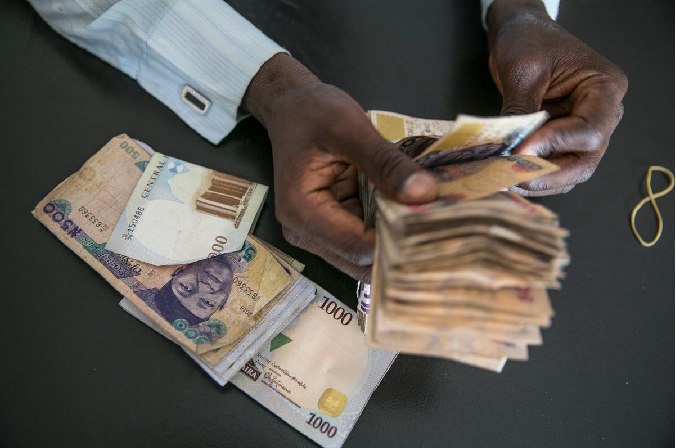
Since the start of your big idea, all you have done is invest time and personal resources to get your Minimum valuable product (MVP) out. You probably have had to call a few favors from friends and family to keep going. You have drawn on all of your savings and even called on family for financial support here and there.
Now it’s time to secure funding in exchange for some equity. How do you determine what your business is worth? How do you determine how much equity you should be giving in exchange for the funds you intend to raise?
If you have been following the series of posts we have had on funding, then you should be on the same page with this discussion. Ideally, most founders will give about 10-20% of their equity at the seed stage and another 20% during the Series A round. The question is 20% of what value exactly?
Register for Tekedia Mini-MBA edition 17 (June 9 – Sept 6, 2025) today for early bird discounts. Do annual for access to Blucera.com.
Tekedia AI in Business Masterclass opens registrations.
Join Tekedia Capital Syndicate and co-invest in great global startups.
Register to become a better CEO or Director with Tekedia CEO & Director Program.
After raising funds and scaling to your hundreds and thousands of users and clients, it is pretty easy to get a proper valuation of your business. All you need to do at that point is consider the amount of money you have raised and the amount of equity you’ve given up for it.
What proves to be a headache is evaluating the worth of your business when all you have invested in your savings, time, efforts (and of course that of family and friends). How do you properly value all of these without over-valuing or under-valuing your business?
Here are some pointers for you.
Examine the valuable assets you have pre-fundraising. If you have some tangible or intangible assets before fundraising, you should value them and also consider them. The website, the applications, physical assets like gadgets and devices, etc.
Examine your financial potential as a business, that is your revenue model, and how long it will take the business to get profitable. Also put a figure to the company’s annual revenue, whether it is a profit or loss at the moment. The idea is to get a holistic picture of the company’s financial health.
To get an objective perspective on things, you should consult an expert to use your revenue model and current financial revenue to make accurate forecasts on your finances. Investors are more likely to take your valuation seriously if an expert has had a hand in it, because of objectivity and experience.
Consider your current userbase and product adoption. A company is likely to be better valued than another if its product has already been accepted and adopted in the market, then when the product has not made an entrance into the market; all other things are considered equally.
For more perspective, you should also check out the valuation of businesses similar to yours at the time they raised funding, and while doing this, factor in inflation and other things that may have changed.
The goal is to raise enough funds without over-diluting ownership while keeping the investors pleased with the deal they got. Strive to stay as objective as possible while trying to get a favorable valuation for your fundraising sojourn. One thing that could put investors off is overvaluation, and even if it manages to skip their notice and they invest, you can expect a market correction to take place soon, and that would be even worse for your business.



